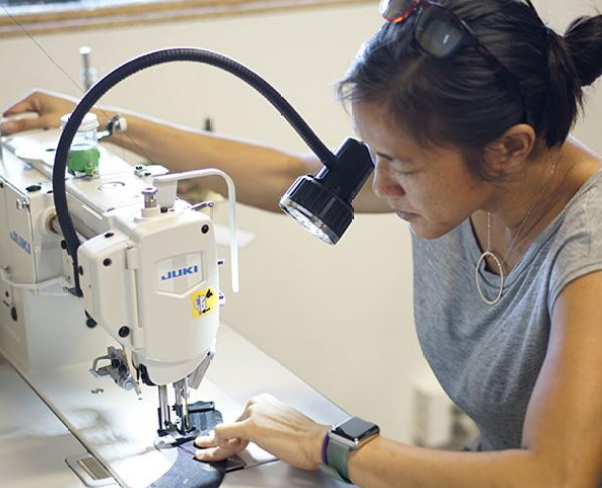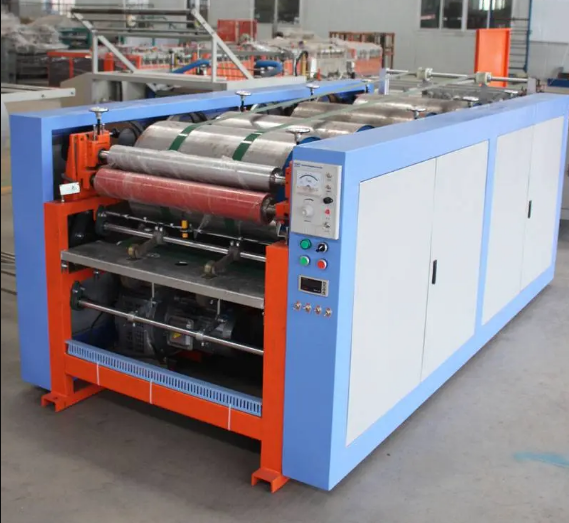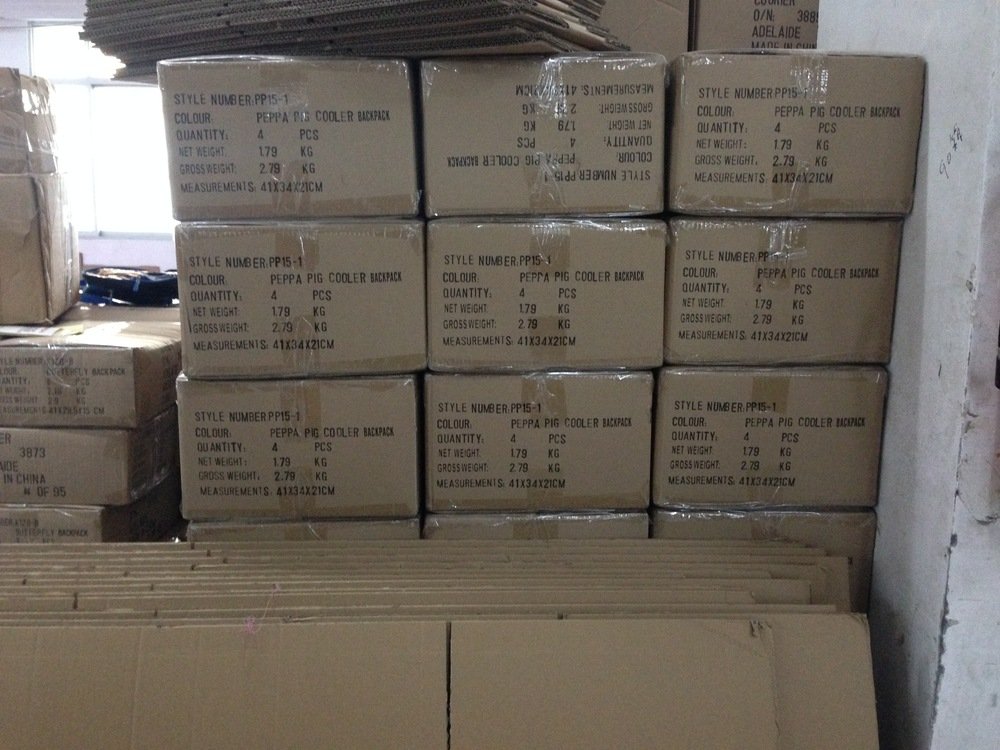
China has the largest and most comprehensive backpack factory, where backpacks of all grades can be made. This article aims to explain to buyers how backpacks are made to reach customers across the ocean, from email communication, to order placement, to the factory process.
All the textile products we have are made by workers. This article will give you an idea of how much time, effort and skill go into the completion of a product. Take our backpack factory Airscape Textile for example, it will have the following steps to produce bulk backpacks.
Step 1 Communication
Clients usually have their own designs or samples. However, if a client does not have their own design team, our company can also provide design services. The first step in backpack design is to identify the client’s needs. The purpose of the backpack, the fabric, the color, the construction, the waterproofing and load-bearing requirements are things that need to be discussed with the client prior to the design. Even if a design or sample is provided by the client, we can suggest improvements based on the client’s needs in order to make the most cost-effective product.
Step 2 Cut Paper Templates

After the materials, size, shape, and dimensions are decided by clients, the blueprint of a backpack will be drawn to show the factory how to produce it. The factory then cuts out paper templates for each backpack section from the design drawings. These are the frames that the manufacturer will use later when sewing the backpacks together.
Step 3 Sample Making

After the draft and material selection is complete, the data is submitted to the factory’s sample maker. The sample maker makes a complete backpack based on these specific requirements.
The point of the sample is to let the customers know more details about the product. After the sample is confirmed, mass production can proceed. Confirmation of the sample is a very important part of the process before mass production, and the confirmed sample is the basis for mass production and the standard for quality inspection of the finished product.
Step 4 Raw Material Prep

The fabrics and trims required for the backpacks are prepared according to the customer’s requirements and these need to be sourced from the fabric factories. Other accessories for backpacks, such as buckles, buttons, zippers, and other components are also needed to be ordered from other specialized factories.
By the way, I would like to explain why the factory has a minimum order quantity because we also need to purchase fabrics and accessories from the raw material market, and the fabric factory will have a minimum order quantity because the fabric is in rolls and must be purchased one roll at a time.
Step 5 Cutting the fabric

The sample determines the size and shape of the product. The workers will then cut the entire roll of fabric. Cutting the fabric is very important. Skilled workers and sophisticated instruments help the factory to make maximum use of raw materials and avoid waste.
The reduction in purchasing costs can further save customers money on their purchases, which is why our factory has introduced a fully automatic cutting machine. It can cut fabrics with precise calculations. This not only increases cutting efficiency but also minimizes fabric waste and allows each roll to be used to its full potential.
Step 6 Embroidery + Printing

All the details you see on the fabric – embroidered logos, designs, or prints – must be added after the material has been cut and before it enters the production line for stitching. After embroidery, it moves to the production line.
Step 7 Sewing

At this stage, the various components of the backpack are assembled using industrial sewing machines. The sewing operation will be carried out by workers in our sewing workshop under the supervision of a technical supervisor. The technical supervisor will check that each seam is straight, tight, and secure and that there are no creases or bends in any of the sides or bottom ends.
Step 8 Quality Control

After the backpacks are made, each bag will be inspected by a quality control inspector. The aim is to ensure that each bag meets the required standards of strength and durability for the bulk backpack product line. If any backpack is found to be defective, it will be returned to the workshop for adjustment. For example, Tweezers are used to pull out any loose threads in the fabric.
Step 9 Package

When the backpack is finished, it takes one more step in the factory. The packer is responsible for attaching a hangtag to each bag. We will box the bags according to the customer’s shipping requirements. The packer will count the quantity and then puts it into protective packaging and a cardboard box for shipping. We guarantee that no space is wasted in the carton, which saves on shipping costs.
After reviewing the 9 steps of bulk backpacks production, you now understand that backpack production involves several departments of the company, from design to shipment. Airscape Textile is always here for you, with experienced workers and qualified products. If you are interested, please contact us.


